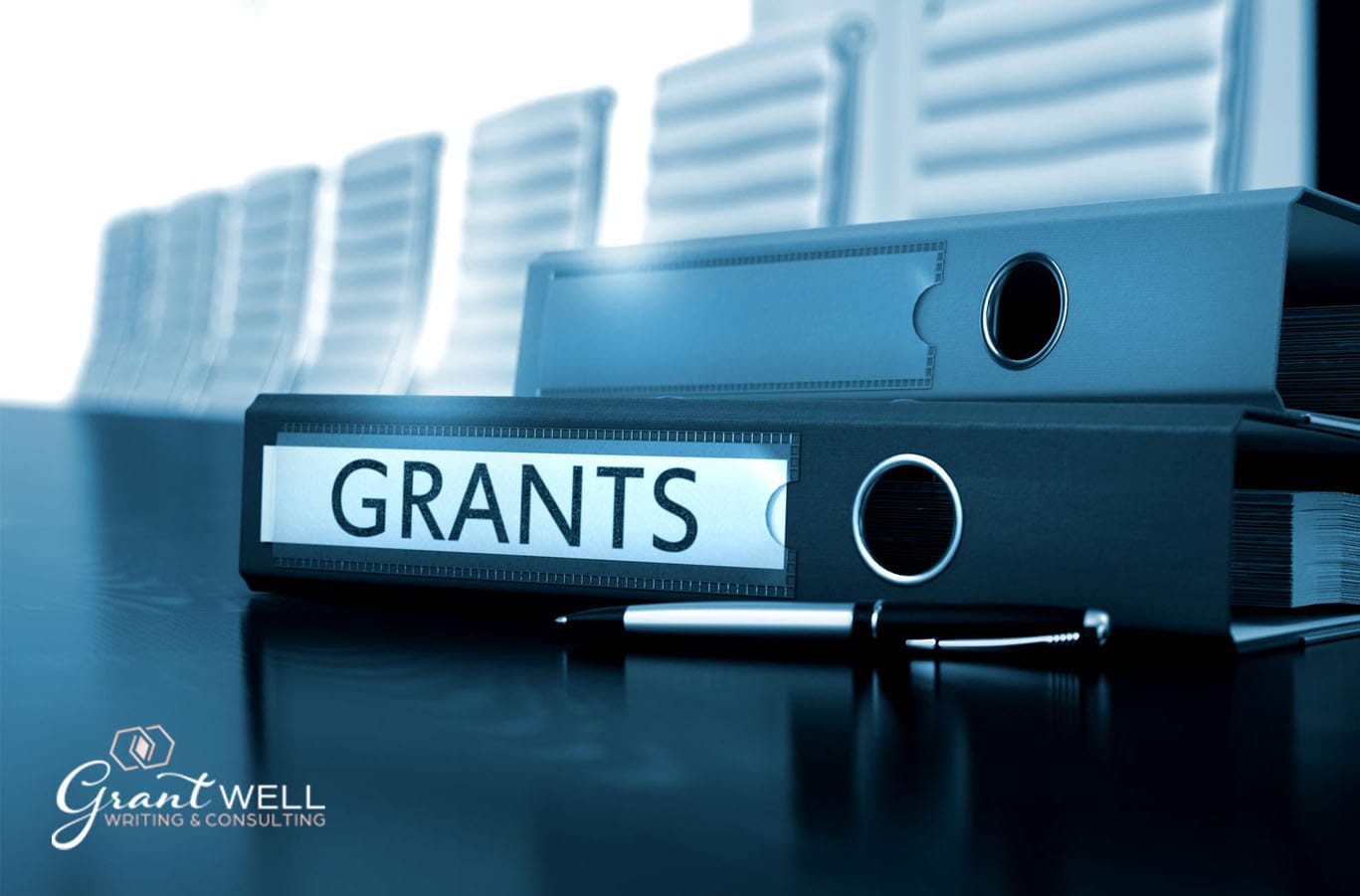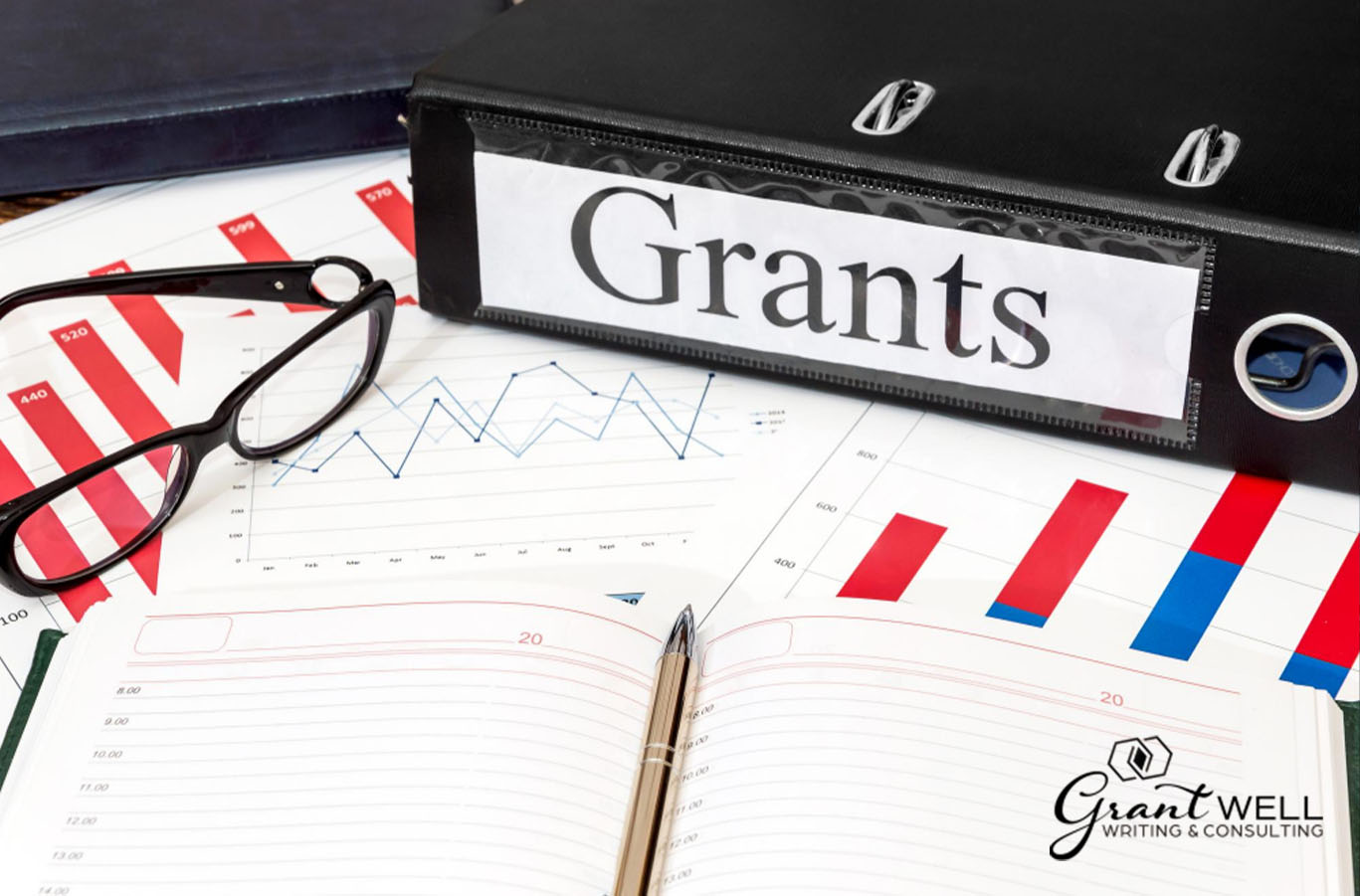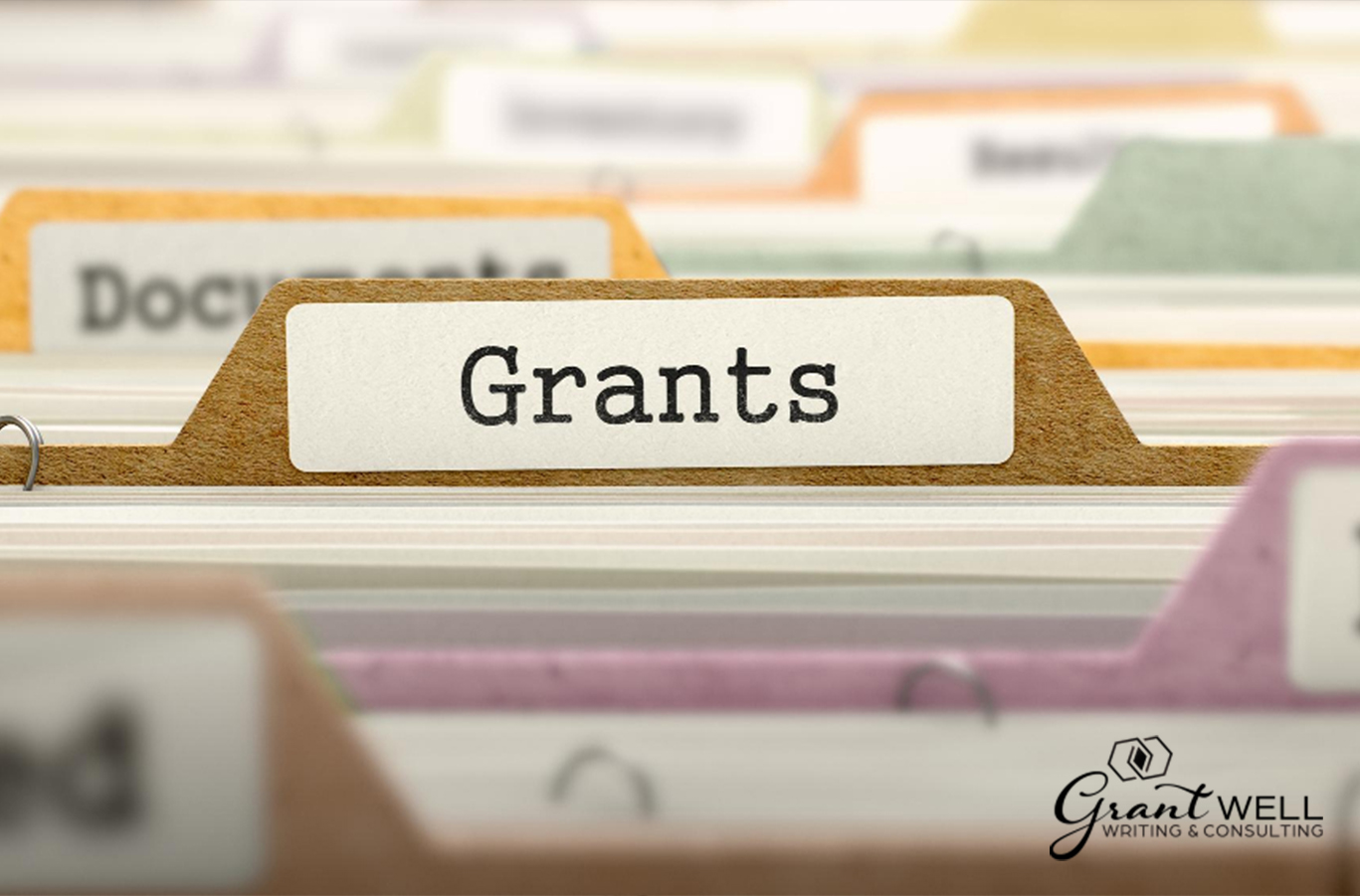1. Be Prepared
To begin, devise a multi-pronged fundraising strategy in which grants are merely one source of money.
Consider whether applying for a grant is the most effective way to fund the intended project or campaign.
Only apply for a grant if you meet all of the foundation’s requirements and are willing to research and create customized applications for each foundation. Also, only apply for the kind of money you’ve already identified in your fundraising strategy. Everyone will save time and energy as a result of this.
Also, make sure you have the time and resources to look into foundations and grant writing options for your group. Ask yourself if your company has the resources to complete the task at hand.
Additionally, hire a qualified writer with grant-writing experience, or invest in grant-writing training for an existing employee.
Make a grant calendar with all of the significant dates and deadlines for grants you want to apply for in the coming year or two.
2. Don’t Be Generic
You can’t draught one generic application and send duplicates to numerous foundations if you want to have any chance of getting your grant application approved. This gives the impression to a reviewer that your application was thrown upon the spur of the moment, which isn’t a good thing.
The most important rule of all is that you must personalize your application to the organization to whom you are sending it.
You’ll need to conduct extensive studies to accomplish this. Examine the request for proposals and the organization’s website carefully. This might assist you in making connections that will help you prepare your application.
Grantmakers are usually seeking a certain cause or subject to sponsor, so make sure you study everything the grantmaker is interested in learning about. Before you apply, be sure it’s relevant to your organization’s objective.
Pro tip: Never, ever, ever, ever compromise your objective or convictions to obtain cash.
3. Data Yet Again
Even if you hire the most experienced grant writer, untidy data strewn across the organization will hinder grant writing from ever getting off the ground.
It isn’t much you can do if you don’t collect relevant data, manage it, and update it.
Someone might be willing to pay you $20 out of their pocket if you tell them a nice story. However, a $50,000 donation from a charity can’t be based solely on heartwarming stories.
Grant applications that are successful focus on the impact. The finest grant submissions distill the need that the grant will address into clear and simple language, as well as the distinctive strategy that the organization’s proposed initiative will take to achieve so.
Pro tip: Look for previously funded grant applications that have been put online by organizations that have been awarded grants. Learn from a variety of grant applications from the federal government, foundations, and businesses.
Before submitting a grant proposal, make sure to:
4. Review And Get A Fresh Perspective
We can become oblivious to the language we’re using when we’ve been reading, speaking, living, and breathing our nonprofit.
Assume that the funder is completely unfamiliar with your work. As if the funder is learning about your organization for the first time.
Jargon and abbreviations should be avoided. If you’re having trouble taking a step back, asking someone who isn’t as familiar with your work to check over it and give you criticism can assist (e.g. a friend or a willing acquaintance).
5. Make Your Points Clearly And Concisely
If your application is too difficult to read or takes up too much of the funder’s time, they will lose interest.
Nobody should be attempting to decipher what you’re trying to say or why you’re asking for money. Make your request as specific as possible.
6. Check the Grant Application a Second Time
- Make sure your spelling, calculations, and due dates are correct.
- Check the submissions package to make sure you have all of the relevant paperwork and attachments.
- Verify that the page number and font size criteria are met and that the papers are presented in the correct order.
- The cover sheet or letter may need to be signed by both your CEO and the Board President.
- Keep an eye out for character limits.
- Have another member of staff look through the budget lines.
- Have a clear point of contact from your company.




